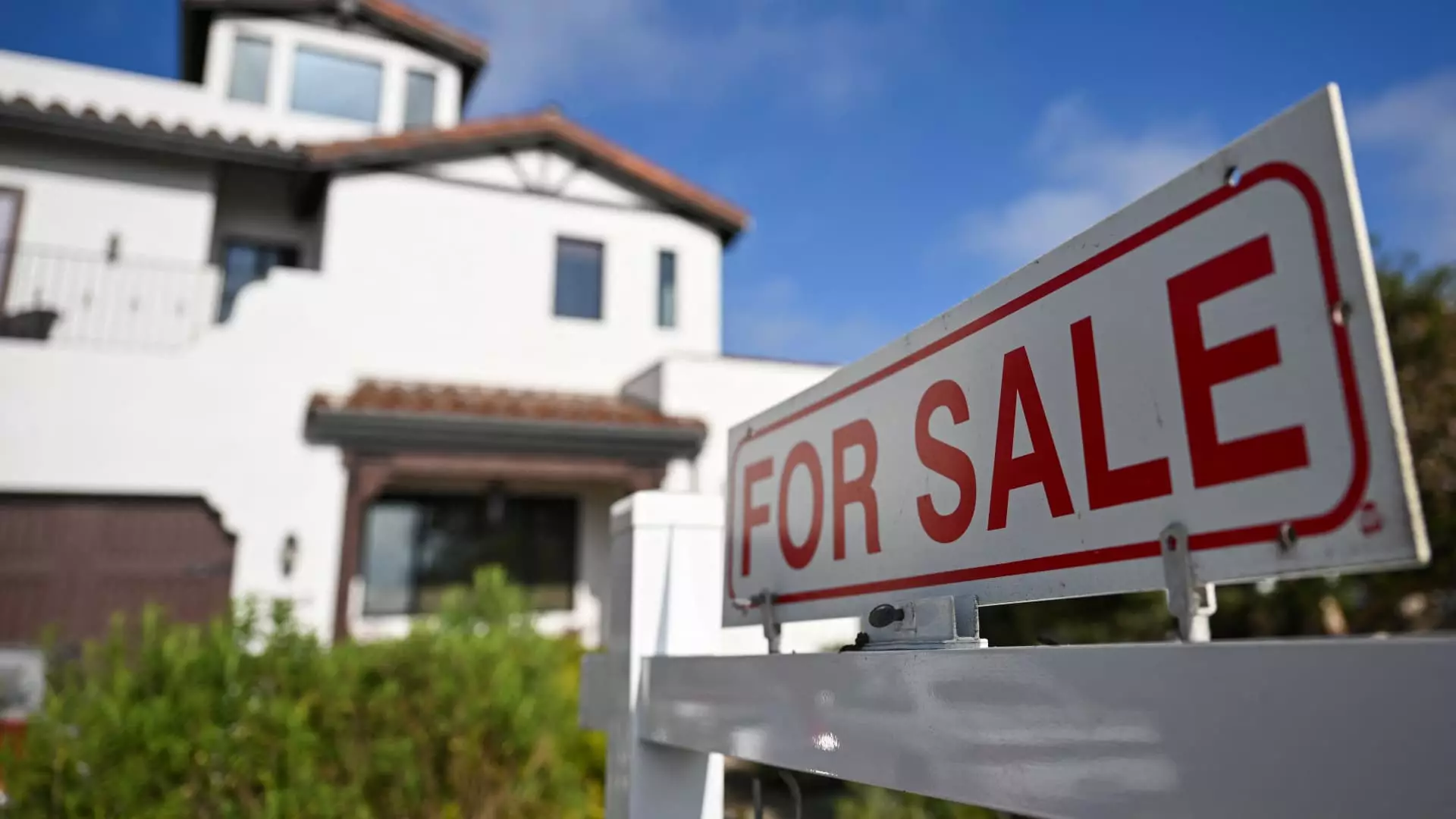In the ever-evolving world of finance, mortgage rates have recently entered a period of stagnation, remaining steadfast in the face of fluctuating economic indicators. For the preceding week, mortgage rates did not budge, prompting a noteworthy decrease in the appetite for new home loans. Prospective buyers and those looking to refinance are increasingly finding themselves ensnared by the higher interest rate environment that has become the norm, leading to an ongoing decline in mortgage application volumes. According to data from the Mortgage Bankers Association, total mortgage application volume fell by 2%, indicating a growing reluctance in the market.
Examining the numbers reveals that the average contract interest rate for 30-year fixed-rate mortgages—with loan balances capped at $766,550—remained unchanged at 7.02%. However, there was a slight uptick in points, which rose from 0.62 to 0.63, rendering mortgage conditions slightly less favorable for borrowers providing a standard 20% down payment. The tightening of these variables further exemplifies the challenges currently facing prospective homeowners.
The refinancing landscape, which is traditionally viewed as a cushion against rising rates, is equally uninviting. With a notable 7% drop in refinance applications compared to the previous week, there is a growing awareness that the vast majority of existing homeowners are locked into lower rates established in previous years, leading them to refrain from refinancing amidst current unfavorable conditions. Comparatively, this week’s application levels sit 5% higher than the same period last year, showcasing a mixed recovery in the refinancing market.
On the home purchasing front, the picture is similarly bleak, as applications dropped by 0.4% from the prior week. Year-over-year comparisons paint a starker picture, with purchase applications down an astonishing 7%. Nevertheless, there exists a flicker of optimism; Joel Kan, vice president and deputy chief economist at the MBA, identified a minor uptick in applications for FHA loans, which saw a 2% increase. This could indicate that some segments of the market remain resilient, potentially owing to more favorable lending conditions for first-time and low-income homebuyers.
Looking Ahead: A Stabilization in Sight
Despite the ongoing challenges, there exists a broader hope for recovery as economic fundamentals show signs of stability. Market observers are cautiously optimistic that if mortgage rates maintain their current levels and inventory in the housing market begins to stabilize, we may witness a gradual recovery in purchase activity in the coming months. This sentiment resonates with the anticipated outcomes from the Federal Reserve’s upcoming meeting, where expectations are set for continuity rather than disruption in monetary policy.
While current trends indicate a stagnation in both the mortgage and housing sectors, localized improvements among specific loan types suggest that not all is lost. The overall environment, characterized by higher interest rates, poses significant hurdles, but with emerging signs of potential stabilization, remote optimism lingers for both homebuyers and refinancing homeowners alike.

